Supreme Court Set to Rule on Nationwide Assault Weapon & Magazine Bans
The fight for and against firearms in the United States has been going on for centuries. Ever since the Second Amendment was written giving Americans the right to bear arms, many have wondered exactly how far that liberty should reach.
The fight continues right now as Illinois and several other states have attempted to ban assault weapons, such as AR-15s. But the Supreme Court may have to intervene and overturn the legislation if they believe the states are violating their citizens’ constitutional rights.
Firearms Are a Constitutional Right
The Second Amendment of the US Constitution reads, “A well regulated Militia, being necessary to the security of a free State, the right of the people to keep and bear Arms, shall not be infringed.”

Source: Pond5
When this document was written in 1791, the Founding Fathers had just finished fighting against the British in the Revolutionary War. Therefore, it makes sense that they considered the right to own a gun and defend oneself against an oppressive government an imperative.
The Firearm Debate USA
It has been almost 250 years since the Second Amendment was ratified, and things have drastically changed for both Americans and the firearms available to them. Over the past few decades, the debate as to whether this right should remain as it was written has gained considerable traction.
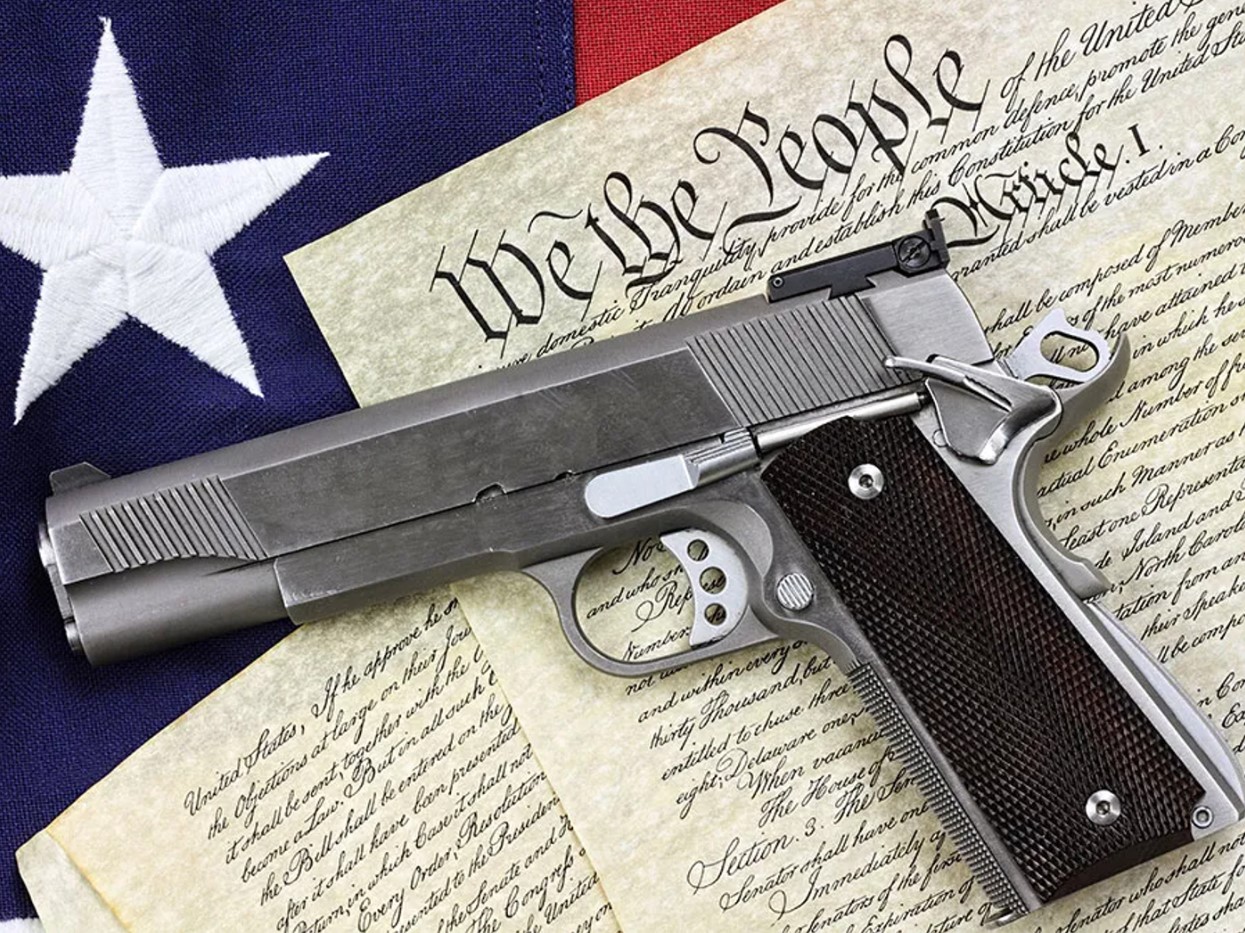
Source: Britannica
There are millions of Americans who believe wholeheartedly that all firearms are included within the Second Amendment right, which should be held in perpetuity. Others say only certain types of guns should be allowed, and automatic weapons, which were not present in 1791, shouldn’t be. And still some want all guns to be outlawed once and for all because they cause far more harm than good.
Understanding State Gun Laws
Many of the Americans who feel strongly about gun laws, those both pro and against, have rallied for the cause. And although they won’t change the Constitution through protest, they can make headway within their state governments.
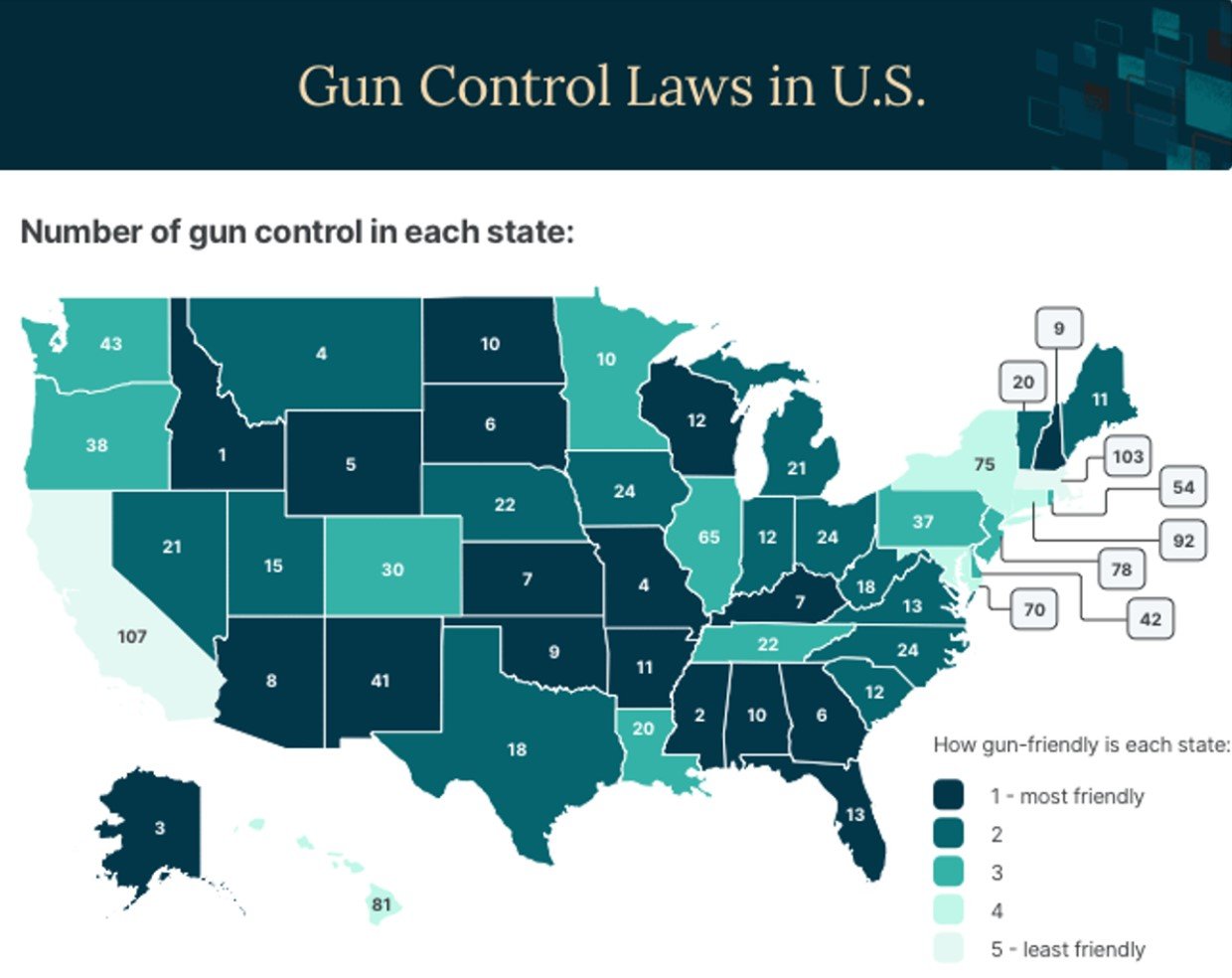
Source: LawDistrict
Of course, state governments cannot ban firearms outright, as it’s a Constitutional right. However, they can create specific gun laws, such as how people can buy them, where they can carry them, and even the types of guns available for sale.
Several States Are Making Changes to Their Gun Laws
With every school shooting, random act of violence, or new law of a perceived restriction of freedoms, the debate surrounding firearms intensifies. Now, in 2024, many state governments finally feel the need to respond to the wishes of their constituents.

Source: Wikipedia
Several states, including California, New York, Washington DC, and others, passed legislation to ban assault weapons years ago. And now, states like Illinois and Colorado are following suit.
What Is an Assault Weapon?
The state-dictated bans on assault weapons are exceptionally complicated as there is no clear or consistent definition for which kind of firearms are considered “assault weapons.”
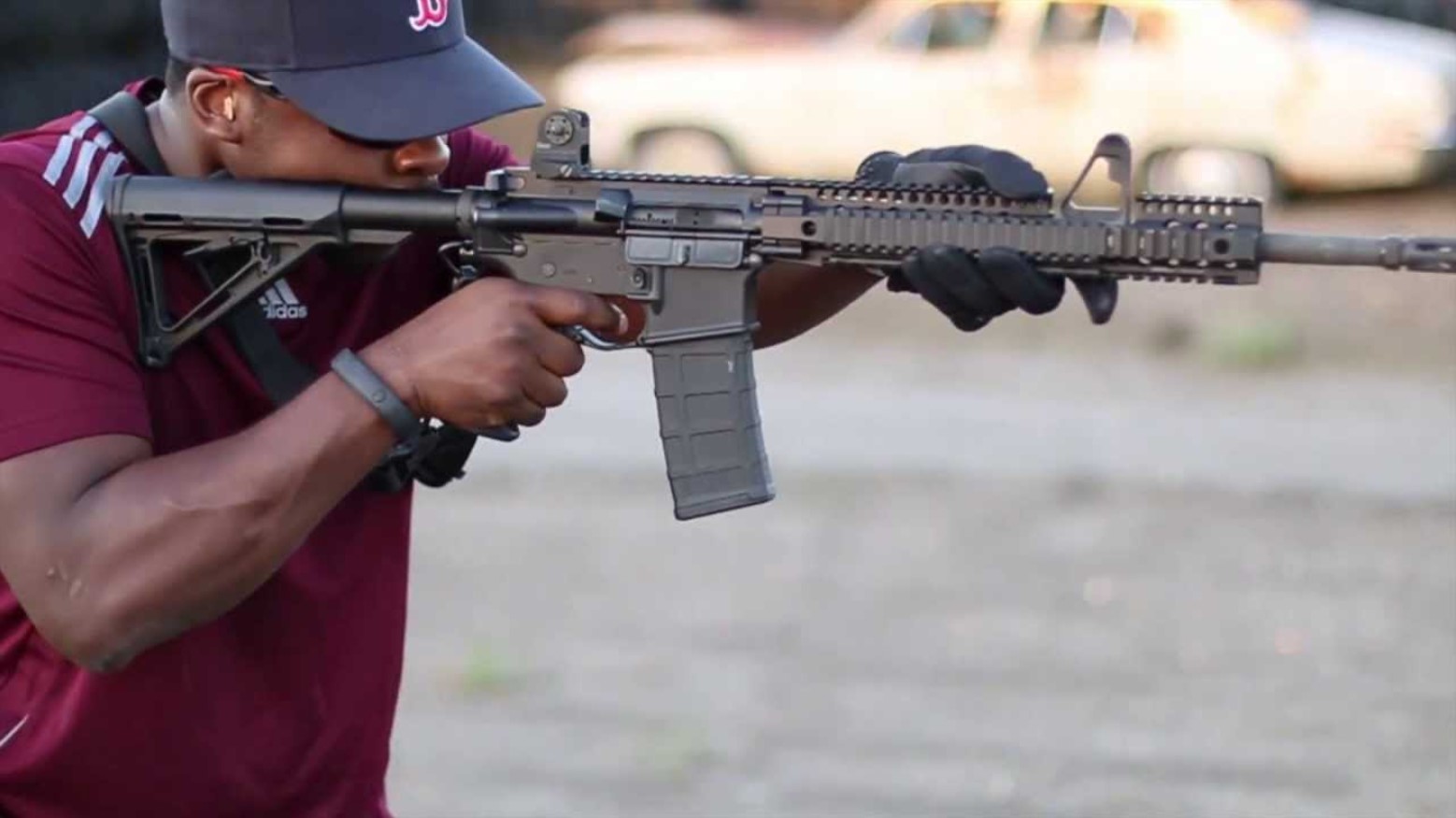
Source: @ColionNoir/YouTube
In 1994, the US Department of Justice defined assault weapons as “semi automatic firearms with a large magazine of ammunition that were designed and configured for rapid fire and combat use.” However, each state has taken that definition and adjusted it, so now, no two states with an assault weapon ban have the same rules.
The National Rifle Associate Claims Certain Banned Guns Aren’t Really Assault Weapons
Now, in 2024, as several more states have decided to ban assault weapons, advocates for the Second Amendment are fighting back. And they are using the confusing and lackluster definitions of assault weapons to do so.
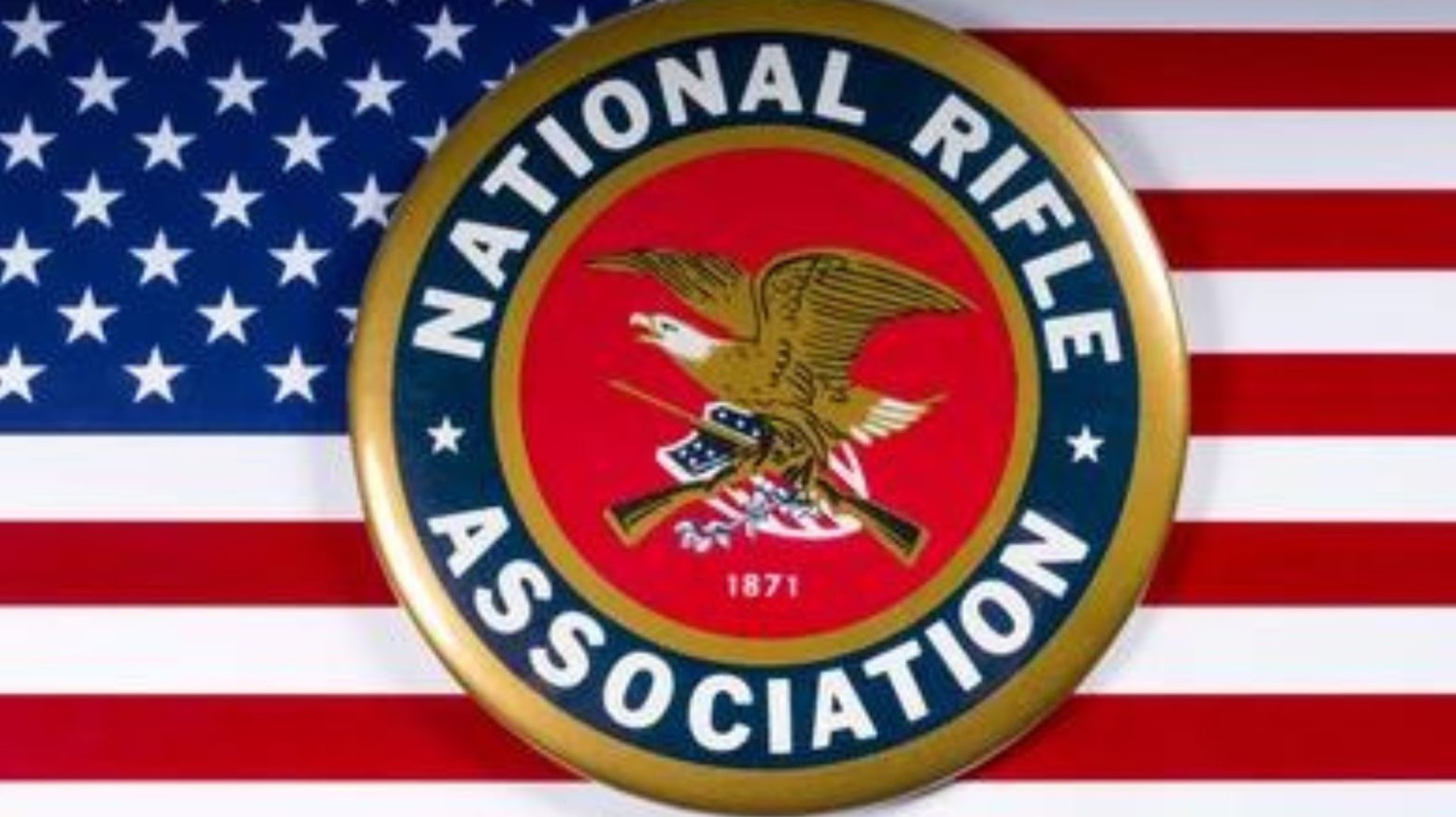
Source: Shutterstock
Organizations such as the National Rifle Association (NRA) and ArmedScholar have specifically called out the government of Illinois for including AR-15s in their weapons ban: a firearm which most gun supporters argue is in no way an assault weapon.
What Is an AR-15?
AR-15s are well known among gun enthusiasts and even anti-gun advocates. Because they are easy to use and semi-automatic, they have become one of the most popular firearms in America. The NRA even calls the AR-15 “America’s rifle,” and there are more than 15 million in circulation throughout the country.
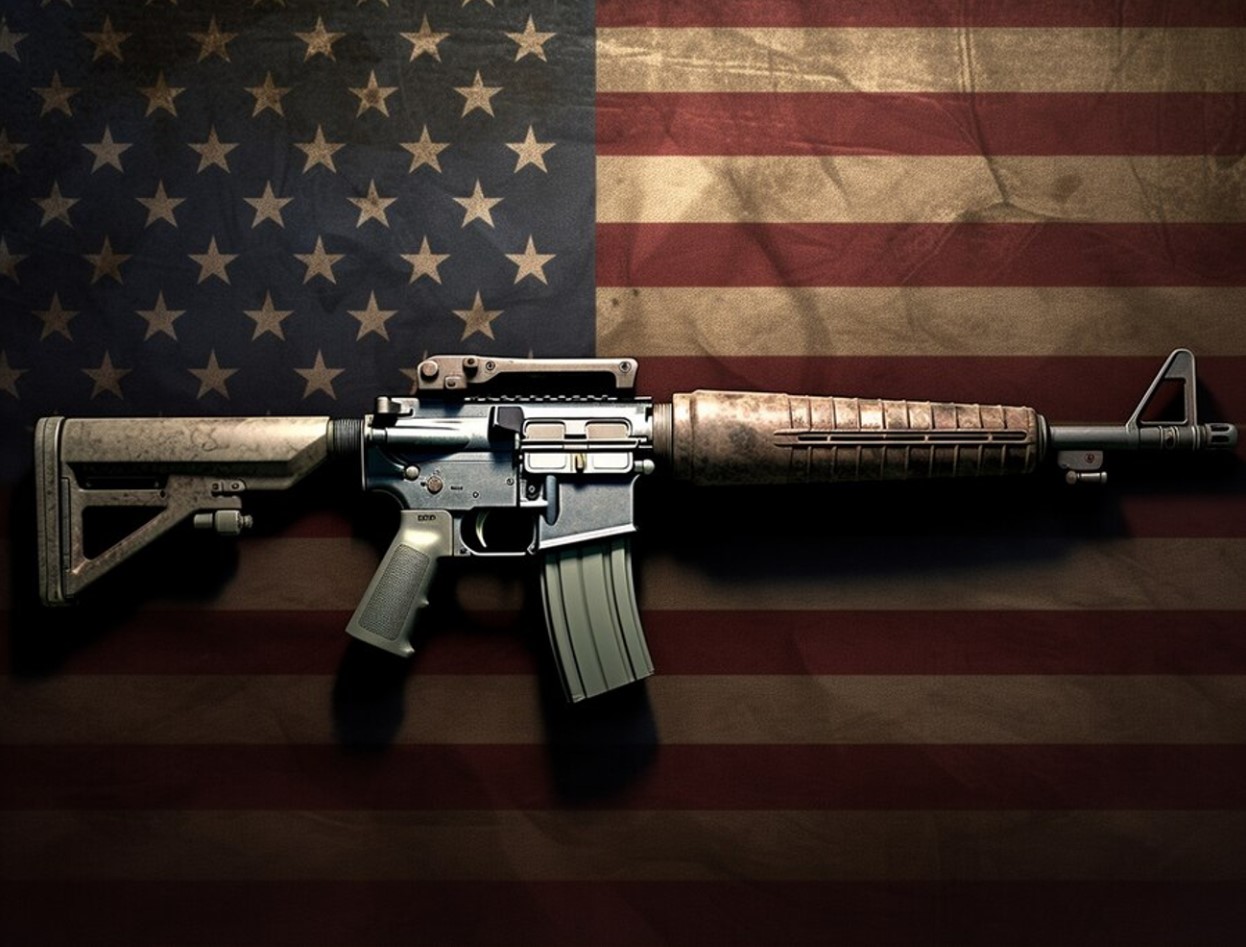
Source: Freepik
But because the user has to pull the trigger between every shot, gun advocates say that it is not an automatic assault weapon, and, therefore, cannot and should not be banned in any state.
Gun Rights Activists Are Taking Their Case to the Supreme Court
Gun rights supporters are now taking their case against the government of Illinois to the Supreme Court. They are arguing that banning the AR-15 is an infringement against their Second Amendment rights and should be overturned by the federal government.

Source: Supreme Court
The Supreme Court has yet to agree to even hear their case, let alone pass judgment on it. But they’re decision, one way or the other, could change the future of guns in America.
If the Supreme Court Sides with Gun Rights Activists
If the Supreme Court does take the case, sides with the gun rights activists, and overturns Illinois’ ban on AR-15s, that would mean no other state could ban the popular rifle.

Source: Reddit
This, of course, would change the course of history as a Supreme Court decision is the final say in the American judiciary system.
If the Supreme Court Sides With Illinois...
On the other hand, if the Supreme Court doesn’t take the case or does and then sides with the government of Illinois and allows the ban of AR-15s, that would mean every other state has the right to do so as well.
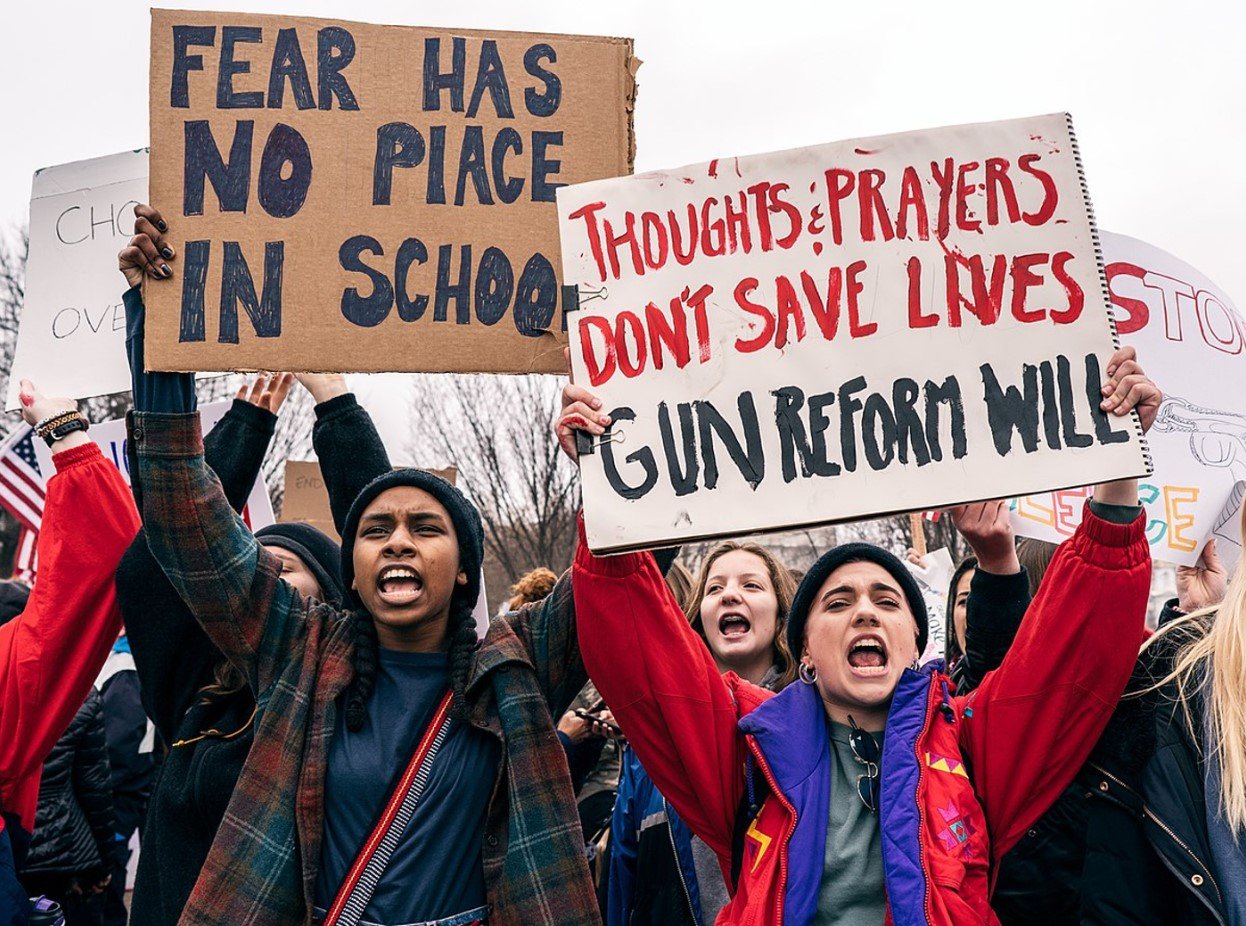
Source: Wikipedia
That decision could and likely would lead to far stricter gun laws throughout the country over the coming years. Which is certainly what gun reform supporters are hoping for.
Will Guns Always Be Legal in America?
The situation in Illinois and the fight to keep AR-15s legal is an important moment in United States’ history; what comes of this fight will dictate the future of gun laws throughout the nation.
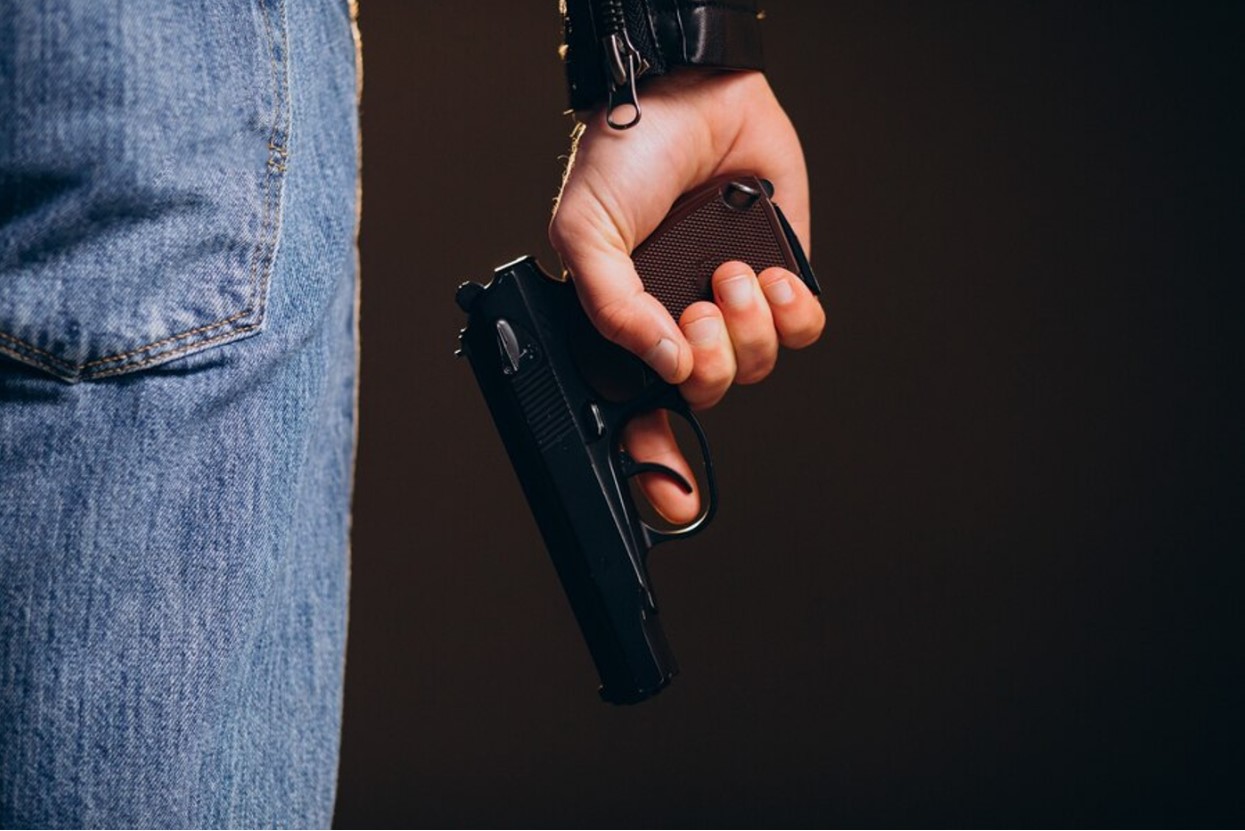
Source: Freepik
That being said, those who are fighting for the complete prohibition of guns in the United States still have a long way to go. For now, it seems nearly impossible that all firearms will ever be made illegal in America.
Impact of State Legislation
As the Supreme Court prepares to rule on the assault weapon ban, the variations in state gun laws, like those recently passed in Colorado and Washington, show the complex legal landscape. These state actions not only influence public opinion but also shape the legal arguments presented at the federal level.

Source: Paul Sableman/Wikimedia Commons
As states define and redefine what constitutes an “assault weapon,” they create a patchwork of laws that the Supreme Court may need to consider in establishing a unified legal standard.
Economic Consequences of Gun Legislation
The introduction of stricter gun laws in states like Colorado could have significant economic implications, affecting local businesses from gun retailers to manufacturers. As the Supreme Court looks at the assault weapon ban, understanding the economic impact of such legislation becomes crucial.

Source: Wikipedia Commons
These laws could potentially reshape local economies, influencing everything from job creation to tax revenues, which in turn affects community resources and public services.
Public Safety and Crime Rates
With the Supreme Court set to decide on the legality of assault weapon bans, examining their impact on public safety and crime rates is essential. States with stringent gun laws often cite reductions in gun violence as a key benefit.
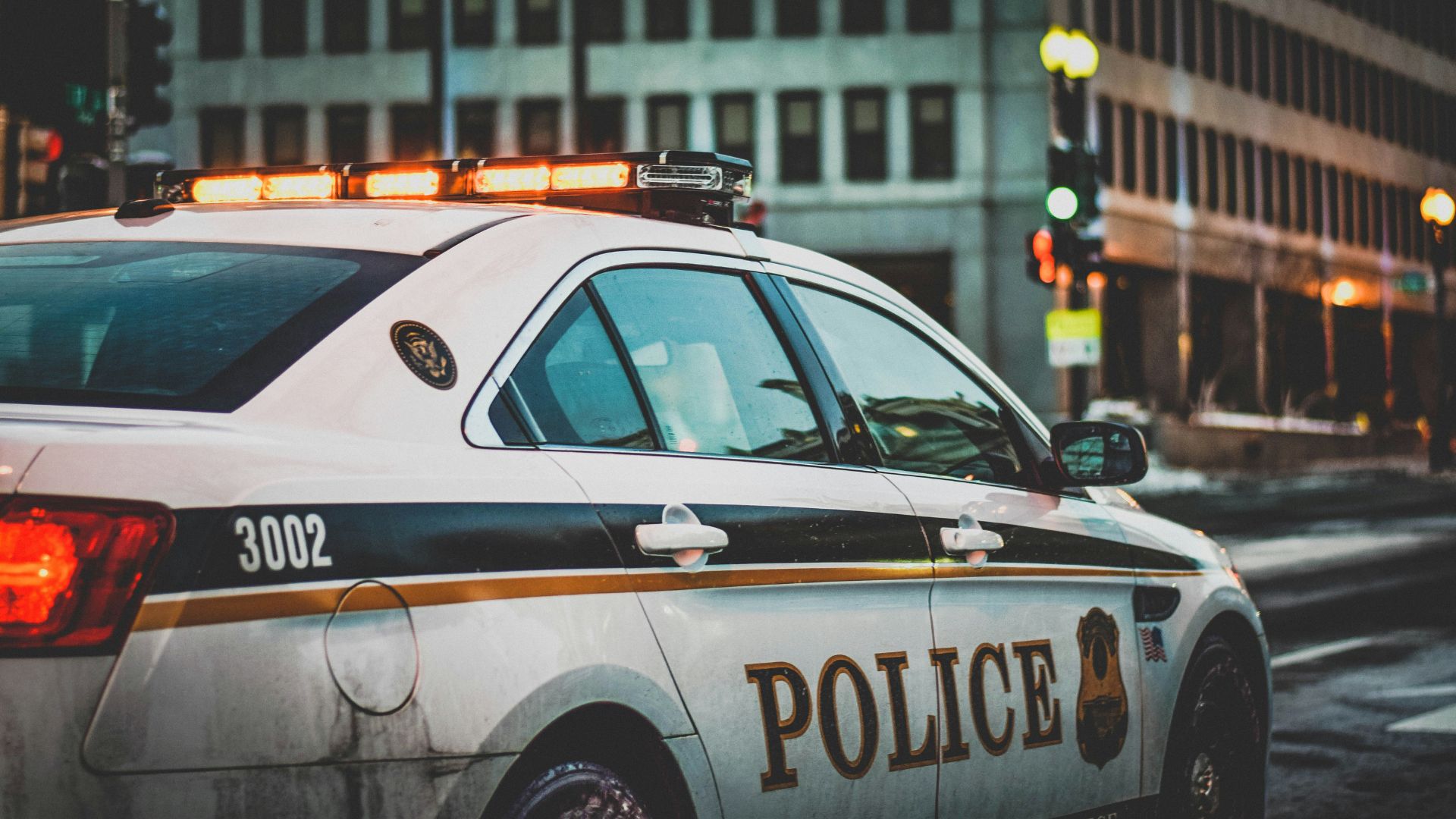
Source: Matt Popovich/Unsplash
However, the effectiveness of these laws in preventing crime can vary significantly, providing a critical context for the Court’s decision-making process.
Technological Innovations and Legal Challenges
As firearm technology evolves, so does the challenge of categorizing these weapons under existing legal frameworks. The Supreme Court’s decision on the assault weapon ban must take into account the rapid advancements in firearm technology, which often outpace the laws designed to regulate them.
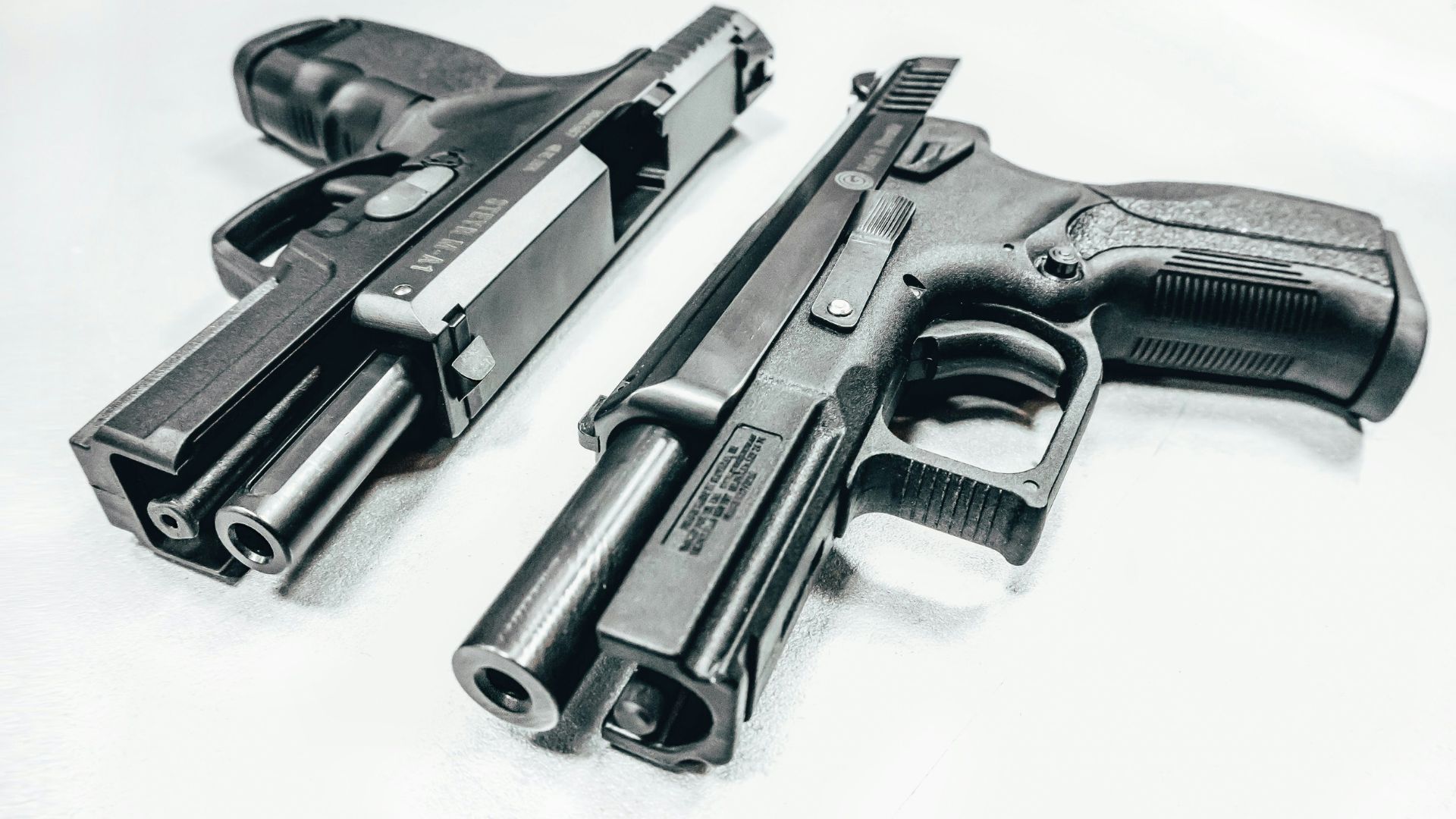
Source: maxx/Unsplash
This dynamic creates a legal grey area that the Court’s ruling could help clarify, setting precedents for future legislation.
Mental Health Considerations in Gun Ownership
The debate around mental health and gun ownership is pivotal as the Supreme Court assesses the assault weapon ban. Legislation often focuses on preventing individuals with mental health issues from obtaining weapons.

Source: CurtisHill_IN
The effectiveness and fairness of these preventative measures are crucial in shaping laws that protect public safety while respecting individual rights.
The Role of Law Enforcement in Implementing Gun Laws
Law enforcement agencies play a critical role in the implementation of gun laws. As the Supreme Court deliberates on the assault weapon ban, the perspectives and experiences of police and sheriff departments in enforcing these laws provide valuable insights.
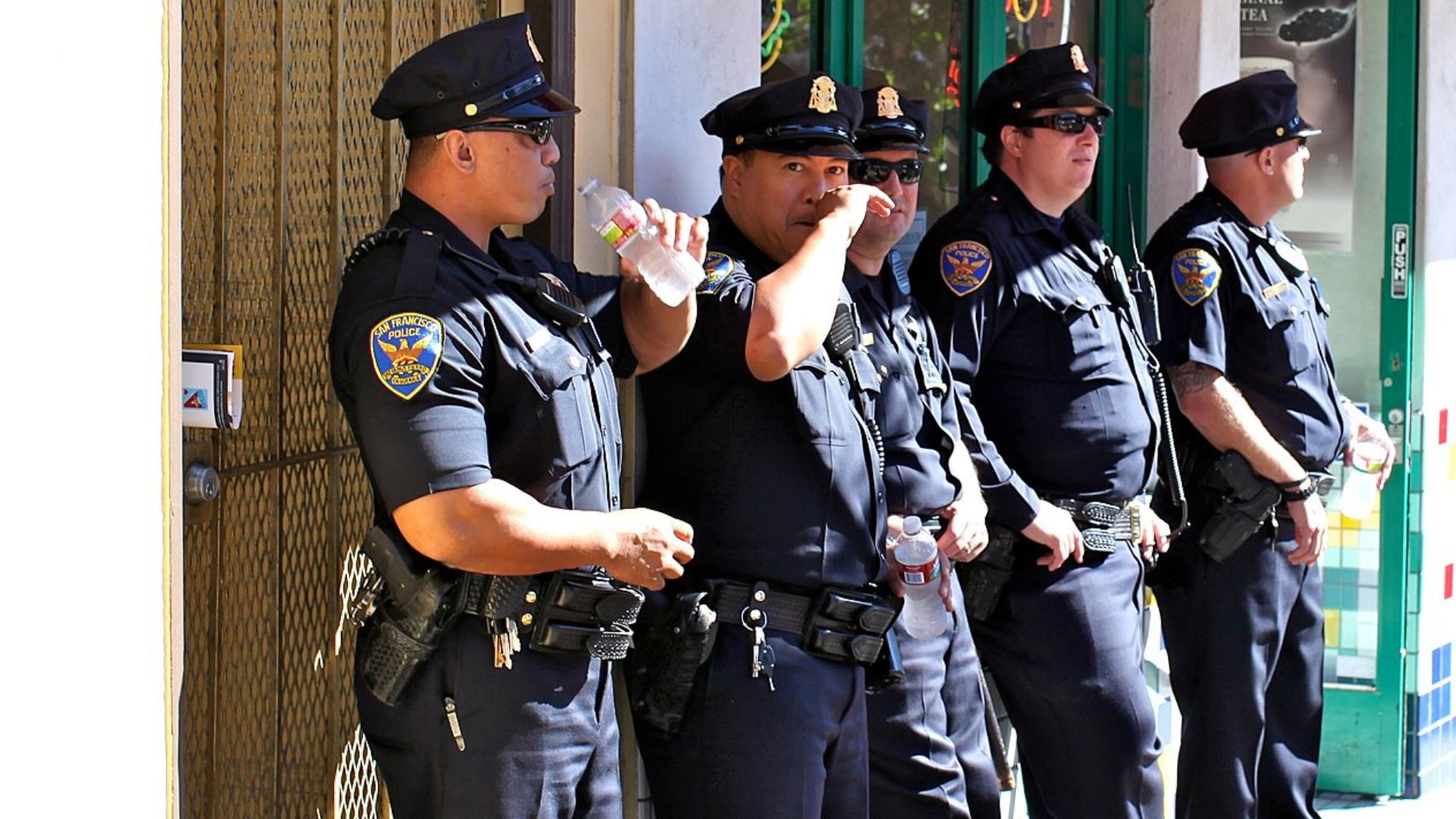
Source: Wikimedia Commons
The effectiveness of law enforcement in managing these regulations can influence the Court’s opinion on the practicality and necessity of such bans.
Rising Gun Control Advocacy and Opposition
As the Supreme Court nears a decision on the assault weapon ban, the role of advocacy groups on both sides of the gun control debate becomes increasingly significant.
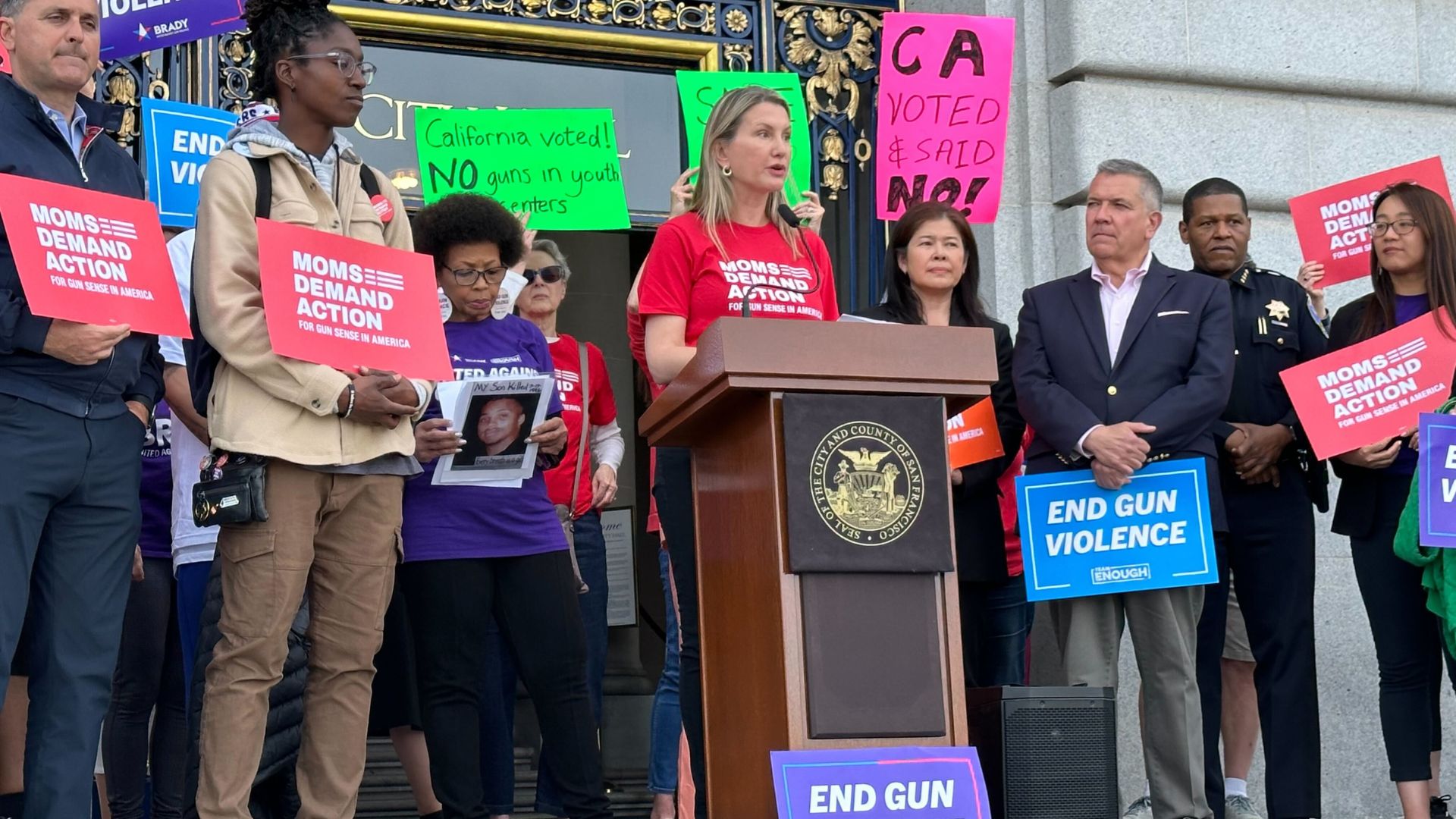
Source: MomsDemand/X
These organizations not only mobilize public opinion but also influence legislative and judicial processes through lobbying and litigation.
Historical and Legal Precedents
Historical and legal precedents play a big role as the Supreme Court considers the assault weapon ban. Previous rulings on similar cases provide a legal framework that the Court might rely on to justify its decision.
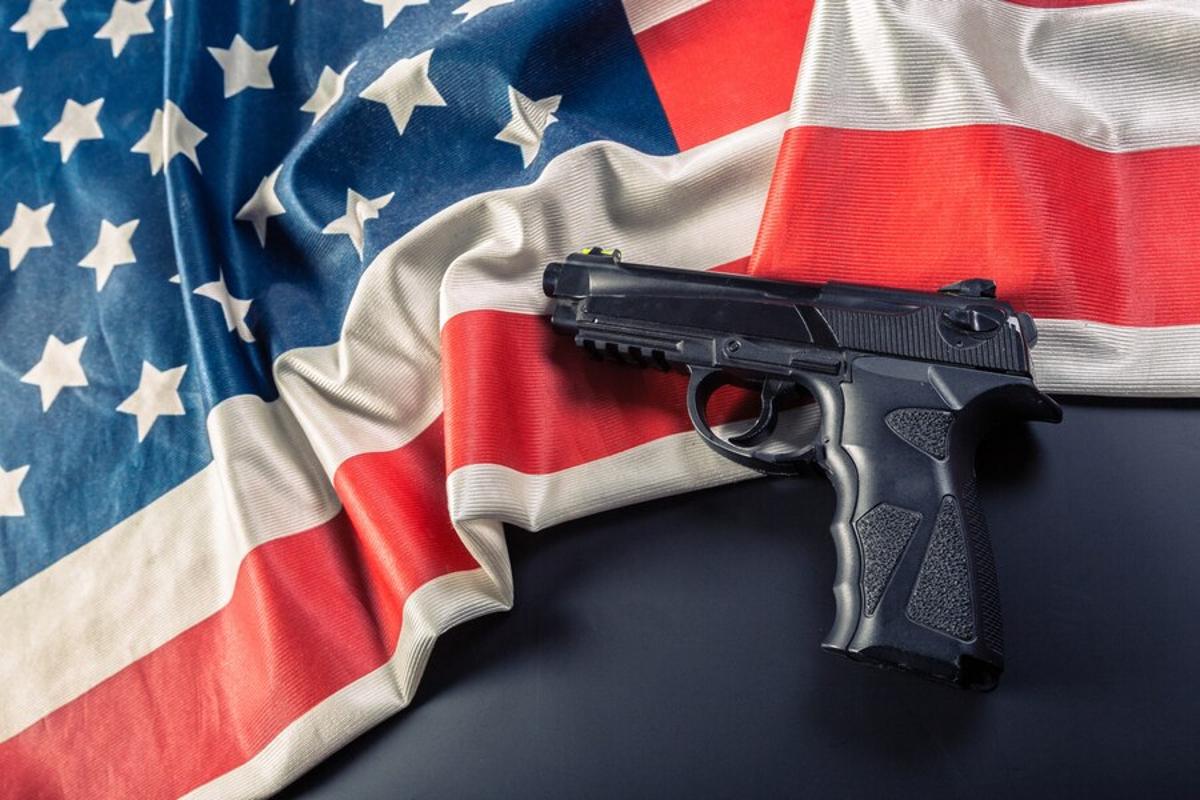
Source: Freepik
Understanding these precedents is essential for predicting how the Court might interpret the current laws and their alignment with the Second Amendment.
Gun Safety Education Programs
Amidst ongoing legislative changes, educational initiatives focusing on gun safety are more critical than ever.

Source: Tima Miroshnichenko/Pexels
As the Supreme Court evaluates the assault weapon ban, the effectiveness of these educational programs in reducing accidental shootings and promoting responsible gun ownership could inform their decision, highlighting the role of education in complementing legislation.
Global Perspectives on Gun Control
Looking at gun control measures globally can provide a broader perspective. Different countries — such as Japan and Australia — have adopted various approaches to gun legislation, which can offer valuable lessons and insights.

Source: Adobe Stock
This global view helps contextualize the American approach to gun rights and may influence the Court’s understanding of the potential impacts of its ruling.
Media Influence on Public Opinion and Legislation
The media plays a huge role in shaping public opinion on gun control, which in turn influences legislative and judicial outcomes.

Source: Freepik
The portrayal of gun violence and legislation in the media can significantly affect how these issues are perceived and addressed nationally.
The Future of Gun Legislation in America
As the Supreme Court prepares to rule on the assault weapon ban, contemplating the future of gun legislation in America is essential. This decision will likely set a precedent that will guide future laws and debates.
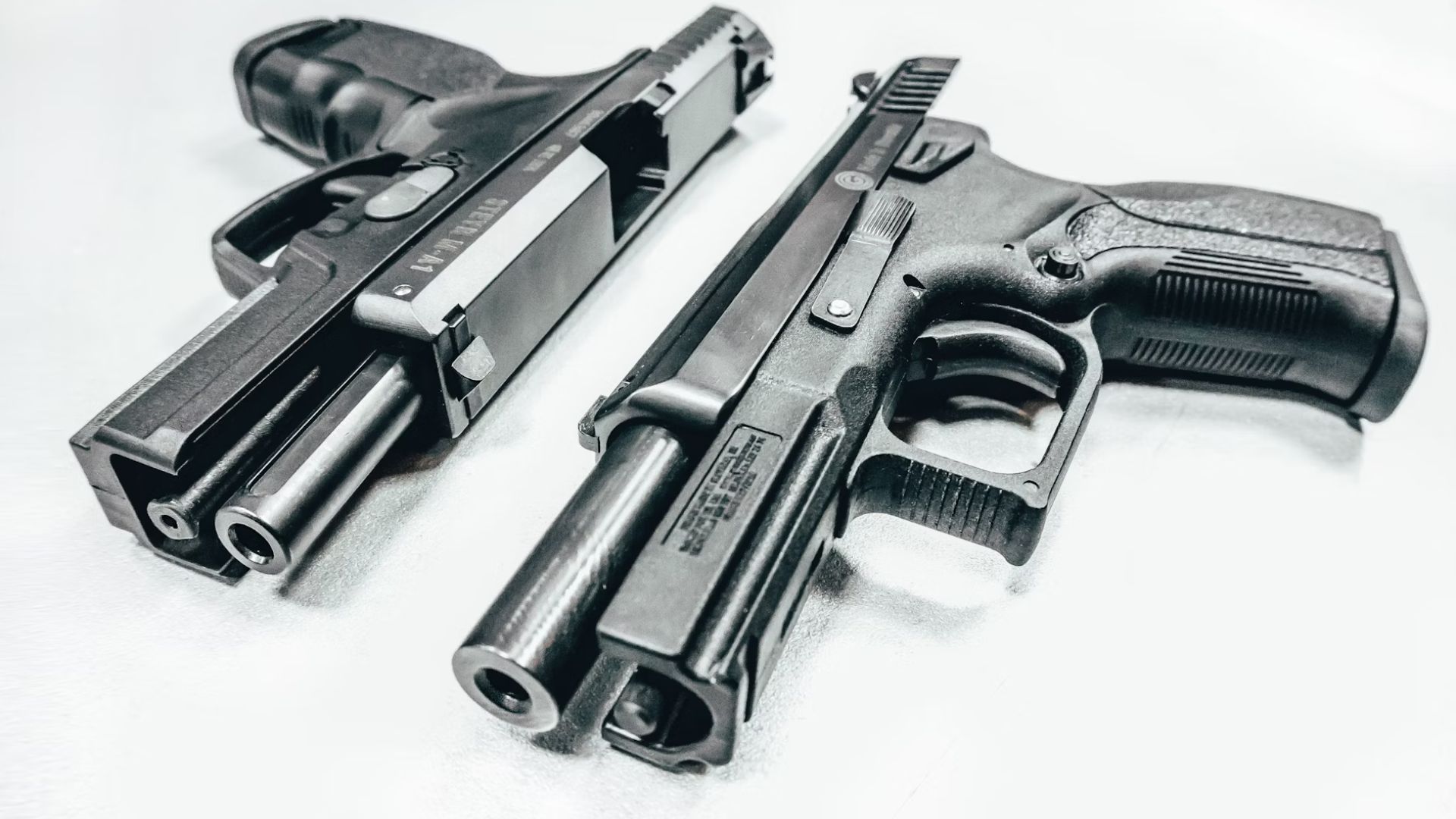
Maxx/Unsplash
Considering potential outcomes and their implications helps stakeholders prepare for changes that could reshape the landscape of American gun rights and restrictions.
